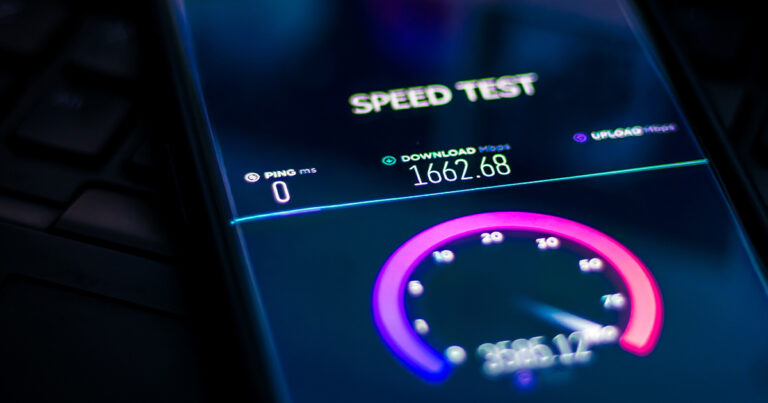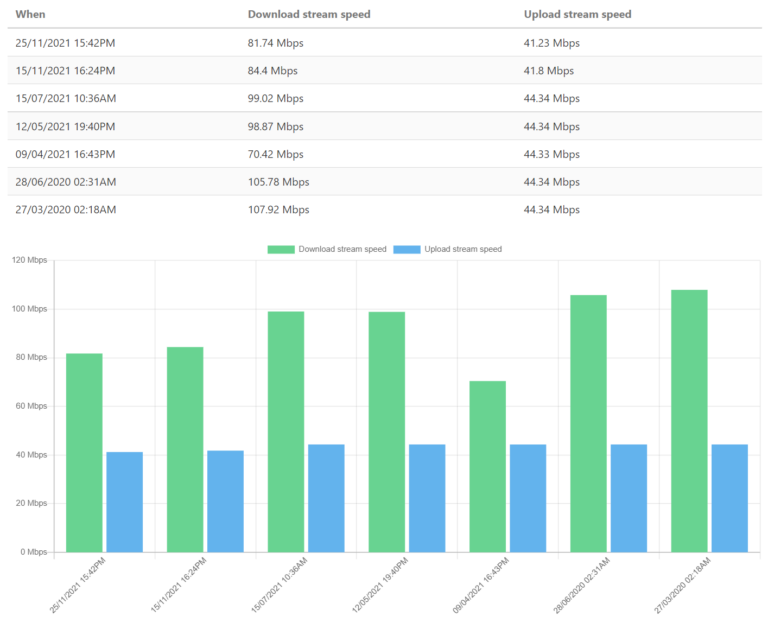Optus Mobile Review ALDI Mobile Review Amaysim Mobile Review Belong Mobile Review Circles.Life Review Vodafone Mobile Review Woolworths Mobile Review Felix Mobile Review Best iPhone Plans Best Family Mobile Plans Best Budget Smartphones Best Prepaid Plans Best SIM-Only Plans Best Plans For Kids And Teens Best Cheap Mobile Plans Telstra vs Optus Mobile Optus NBN Review Belong NBN Review Vodafone NBN Review Superloop NBN Review Aussie BB NBN Review iiNet NBN Review MyRepublic NBN Review TPG NBN Review Best NBN Satellite Plans Best NBN Alternatives Best NBN Providers Best Home Wireless Plans What is a Good NBN Speed? Test NBN Speed How to speed up your internet Optus vs Telstra Broadband ExpressVPN Review CyberGhost VPN Review NordVPN Review PureVPN Review Norton Secure VPN Review IPVanish VPN Review Windscribe VPN Review Hotspot Shield VPN Review Best cheap VPN services Best VPN for streaming Best VPNs for gaming What is a VPN? VPNs for ad-blocking So, let’s take a close look at what an NBN isolation test is, how it differs from a traditional NBN speed test and how to properly perform one. Download speeds are by far the easiest to compare, especially for most Australian homes connected to the NBN via fixed-line technologies. This is because NBN providers are required to advertise the expected typical evening download speeds for Fibre-to-the-Premises (FTTP), Hybrid Fibre Coaxial (HFC), Fibre-to-the-Curb (FTTC), Fibre-to-the-Building (FTTB) and FTTN connections. Performing an NBN speed test between 7:00pm and 11:00pm any night of the week, then comparing those results to the corresponding NBN plan from your provider is a great place to start. If you’ve done a proper NBN speed test—ideally, while no other devices on your home network are using your internet connection and nothing is downloading or uploading in the background on your testing device—and the speeds don’t match up with your expectations, then it’s time to chat with your provider. They may ask you to perform additional tests, including an NBN isolation test. An NBN speed test is something that you can perform at home on any device connected to your home network. Note that download and upload speed results may differ depending on time of day, the age of the device you’re using, how close you are to your router or modem-router (for WiFi speed tests) and other speed-impacting factors. An NBN line test is performed by your provider. They should perform this test if you’ve flagged speed concerns with them, and it’s a test of pure NBN speed potential between their provider network, across the NBN and to a point on the NBN close to your home. How close to your home exactly is determined by the NBN technology. For instance, line tests for FTTC homes will measure the speed from the provider network to NBN and then to the distribution point unit (DPU) that’s in the telecommunications pit outside your home. Finally, an NBN isolation test is basically an advanced NBN speed test. It involves very particular steps (outlined below) that you need to methodically perform to get a speed-test result that’s reported to your provider and passed on to NBN Co. This information is then used to determine whether NBN Co intervention is required to fix a potential line fault that should, fingers crossed, lead to faster internet speeds. Use that tool above to test your download speed and upload speed (also latency, if that’s of interest). Tap or click on the ‘Start Speed Test’ button to get going. After 10 seconds, you’ll see your download speed results in megabits-per-second (Mbps). Additionally, hit ‘Show More Info’ and wait another 10 seconds to see your upload speed in Mbps and your latency in milliseconds (ms). Compare the results of this test with any advertised download speeds, upload speeds and latency information from your provider to see if your connection is up to snuff.
NBN 12 (all NBN technologies): 12Mbps download, 1Mbps upload NBN 25 (all NBN technologies): 25Mbps download, 5 Mbps upload (or 10Mbps with Aussie Broadband) NBN 50 (all NBN technologies): 50Mbps download, 20 Mbps upload NBN 75 (Aussie Broadband only): 75Mbps download, 20Mbps upload NBN 100/20 (FTTP, HFC, FTTC, FTTB and FTTN technologies): 100Mbps download, 20Mbps upload NBN 100/40 (Superloop, MyRepublic, Aussie Broadband, Pennytel, Exetel, Mate; FTTP, HFC, FTTC, FTTB and FTTN technologies): 100Mbps download, 40Mbps upload NBN 250 (FTTP and most HFC technologies): 250Mbps download, 25 Mbps upload NBN 500 (Superloop, Vodafone, Exetel; FTTP and some HFC technologies): 500Mbps download, 50Mbps upload NBN 1000 (FTTP and some HFC technologies): 990Mbps download, 50Mbps upload
It’s also worth flagging that different NBN technologies have inherent speed degradation—most notably Sky Muster NBN, NBN Fixed Wireless as well as FTTN, FTTB and FTTC—so your provider may confirm different download/upload speed expectations after you’ve signed up for a plan. The NBN speed tier (the most popular in Australia), with max 50Mbps download and 20Mbps upload, has been used as a guide for the speeds in the table.

